If you shrank yourself down and entered a proton, you’d experience among the most intense pressures found anywhere in the universe.
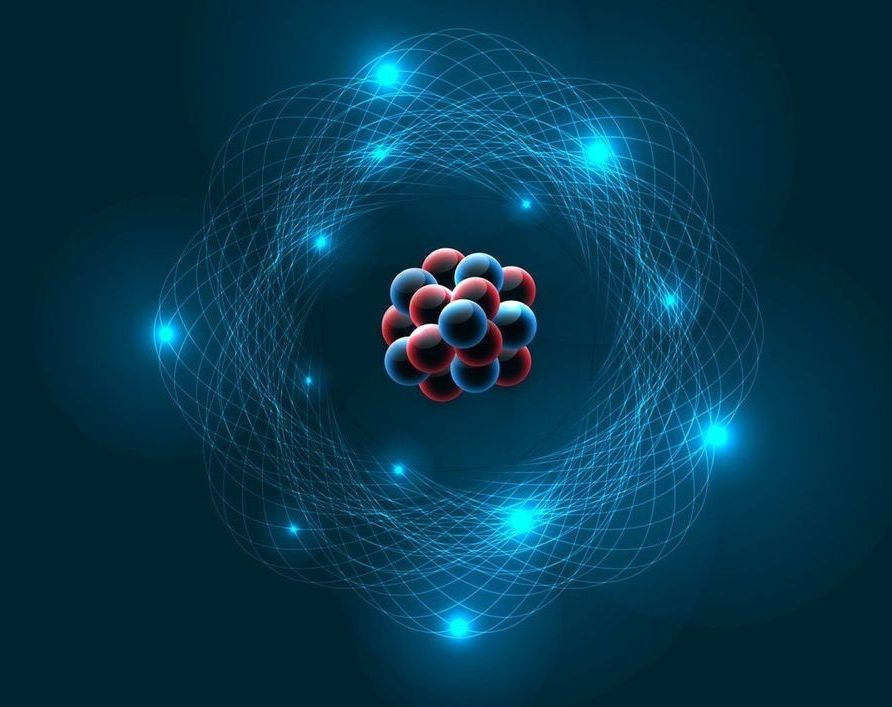

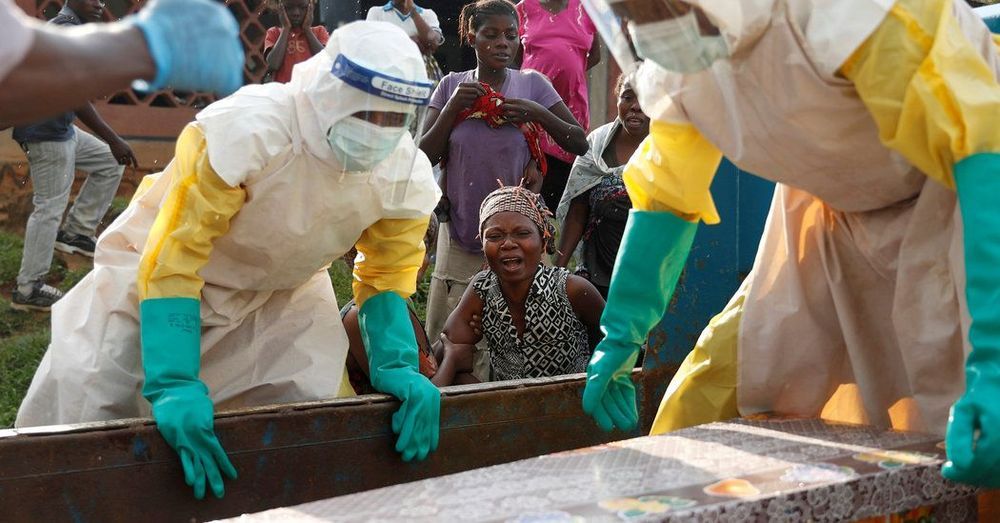
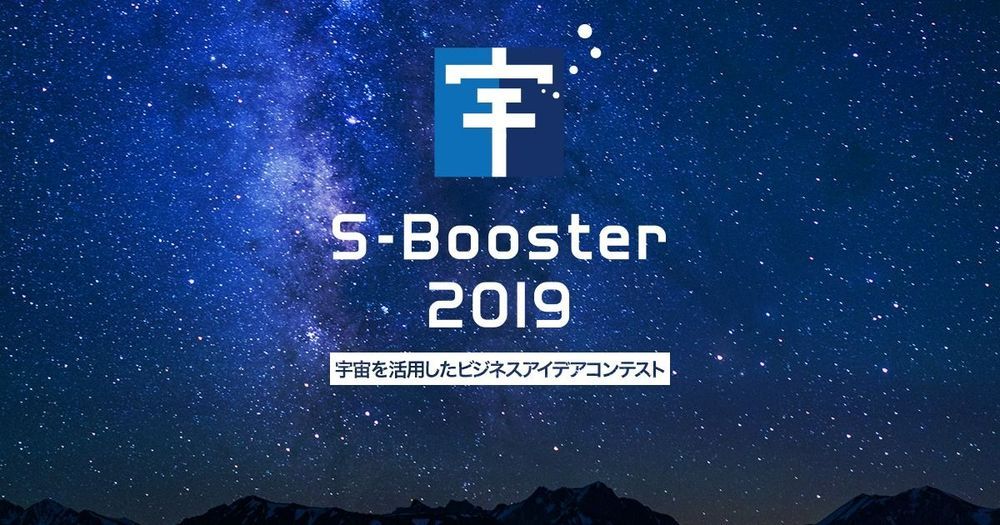
Join S-Booster 2019!
We will invite space-based business ideas from the Asia and Oceania regions!The Contest facilitates the realization of each business idea through open innovation with Japanese companies, and also provides financial support, business coaching and other assistances. Promoting Win-Win Business Cooperation Between Asia and Japan!

Scientists have shown that the removal of non-dividing senescent cells, which are normally associated with aging, also appears to prevent Type 1 diabetes in diabetic mouse strains.
Clearing senescent beta cells prevents T1 diabetes
Type 1 diabetes (T1D) is a chronic condition in which the pancreas produces little or no insulin. Insulin is a hormone that allows sugar (glucose) to enter cells in order to create energy, so it is critical to cellular function and life.
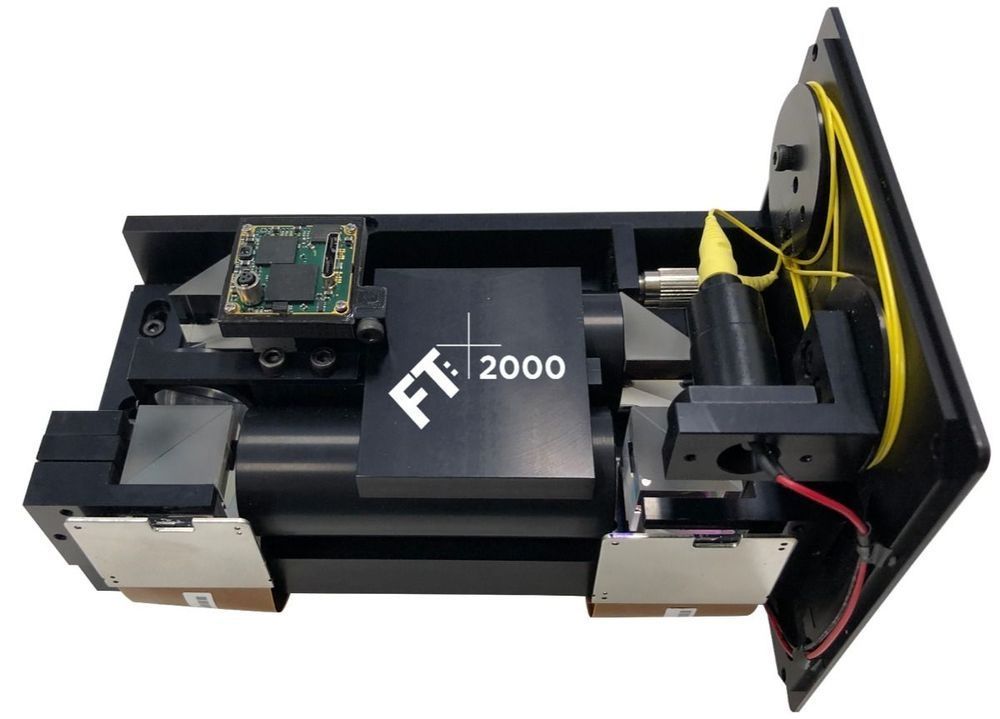
YORKSHIRE, U.K. — 7 MARCH, 2019 — Optalysys Ltd. (@ Optalysys), a disruptive technology company developing light-speed optical AI systems announced today that the world’s first optical co-processor system, the FT: X 2000, is now available to order.
Optical processing comes at a pivotal time of change in computing. Demand for AI is exploding just as silicon-based processing is facing the fundamental problem of Moore’s Law breaking down. Optalysys is addressing this problem with its revolutionary optical processing technology — enabling new levels of AI performance for high resolution image and video-based applications.
Officials are investigating the cause of a massive sinkhole that formed Wednesday at the Louisville Zoo in Kentucky.
The sinkhole, which measured about 50 yards wide, 85 yards long, and possibly 50 feet deep (almost the size of a football field!), was spotted in the zoo’s southwest corner, far from any of the animals, USA Today reported.

Is this the guilt-free sports utility vehicle for the animal-loving, environmentally-conscious car enthusiast?
Aston Martin’s new Lagonda — unveiled at the Geneva Motor Show — is electric-powered and… vegan.
The Britain-based manufacturer says the luxury interior of the long, sleek vehicle is leather-free.
Hadean wants to help build massive simulated worlds.
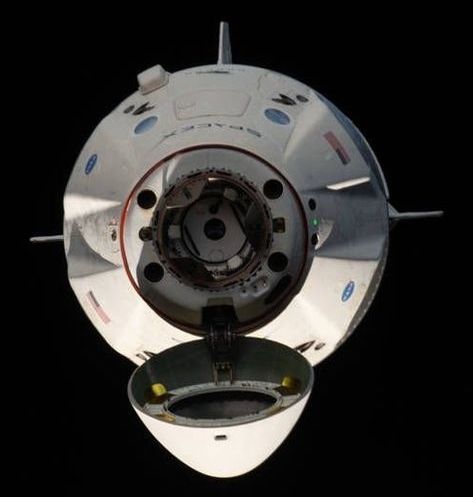
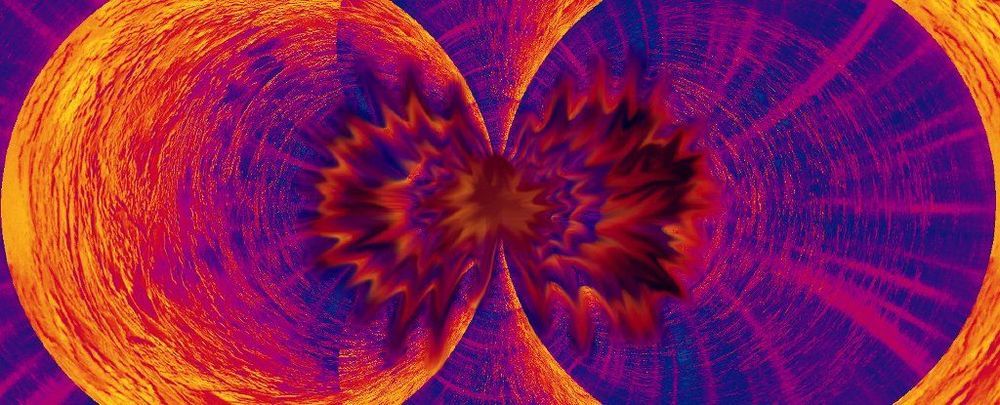
A new method for analysing the entanglement of scrambled particles could tell us how the Universe still keeps track of information contained by particles that disappear into black holes. It won’t get our quantum information back, but it might at least tell us what happened to it.
Physicists Beni Yoshida from the Perimeter Institute in Canada and Norman Yao from the University of California, Berkeley, have proposed a way to distinguish scrambled quantum information from the noise of meaningless chaos.
While the concept promises a bunch of potential applications in the emerging field of quantum technology, it’s in understanding what’s going on inside the Universe’s most paradoxical places that it might have its biggest pay-off.